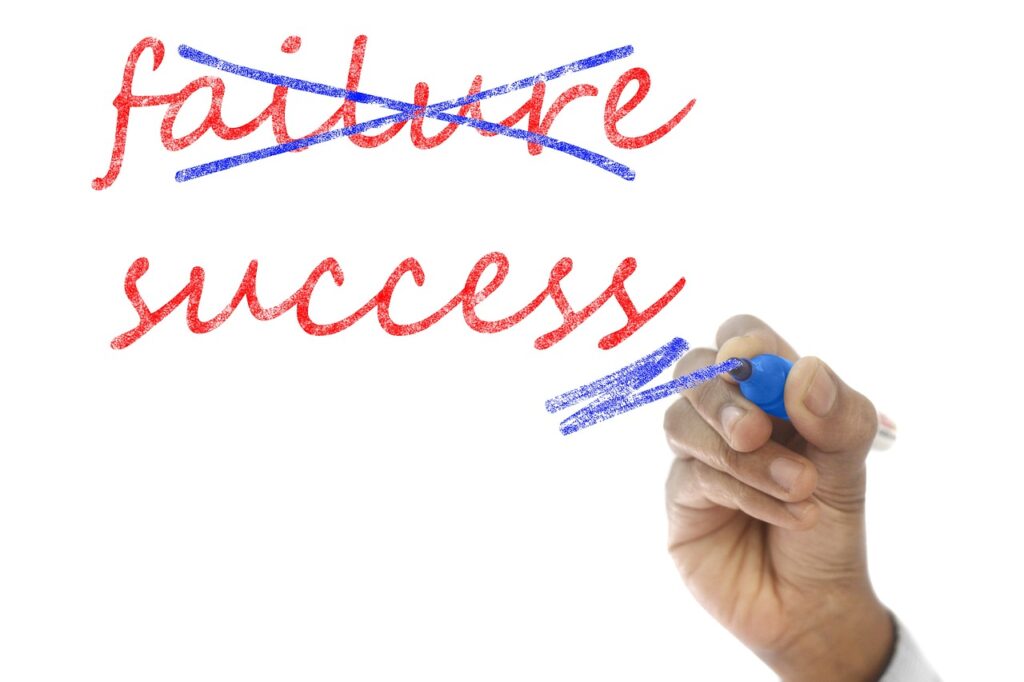Introduction
Failure is often perceived as a taboo subject, especially in professional circles where success is celebrated and setbacks are swept under the rug. However, the reality is that failure is an inevitable part of any journey, and it can be a powerful teacher if we are willing to learn from it. In this blog, I’ll share what I learned from my biggest failure and how it shaped my approach to both work and life.
The Failure That Changed Everything
Every professional has a moment that tests their resolve—a project that didn’t go as planned, a decision that backfired, or a missed opportunity that haunts them. For me, it was a high-stakes project where everything seemed to be lining up perfectly. The research was thorough, the plan was sound, and the team was energized. But as we neared the final stages, the unexpected happened—market dynamics shifted, and suddenly, our strategy unraveled. Despite countless late nights and problem-solving sessions, the project ultimately fell short of expectations. It was a painful realization that even with the best preparation, outcomes can be unpredictable. Yet, in that failure, I learned more about resilience, adaptability, and the value of continuous learning than any success could ever teach. It was a turning point in my career, one that left me questioning my abilities and wondering if I would ever recover.
In the immediate aftermath, it felt like the end of the world. But as time passed, I began to see it for what it truly was: a learning experience that would ultimately make me stronger and more resilient.
Lessons from the Brink: What TV and Web Series Teach Us
Popular TV and web series often portray characters facing monumental failures, only to emerge stronger and wiser. For example, Breaking Bad shows us how Walter White’s initial failures in life and career lead him down a dark path. While his journey is extreme, it serves as a cautionary tale about how we respond to failure and the importance of maintaining ethical integrity.
On the other hand, Ted Lasso presents a more uplifting narrative. The protagonist, Ted, faces numerous challenges and failures in his role as a football coach. However, his unwavering optimism and willingness to learn from his mistakes eventually win over his team and the audience. Ted’s journey teaches us the value of resilience, humility, and a positive attitude even in the face of failure.
The Global Perspective: Failures Across Cultures
Failure is universal, but the way it is perceived and dealt with varies across cultures. In Silicon Valley, for instance, failure is almost a badge of honor. Entrepreneurs wear their failed startups as a testament to their risk-taking spirit, often leading to greater opportunities down the road. The mantra “fail fast, fail forward” encapsulates this mindset, emphasizing the importance of learning quickly from mistakes and moving on.
In contrast, in some parts of Asia, failure can carry a significant social stigma, making it harder for individuals to bounce back. The fear of failure can be paralyzing, leading to a more cautious approach to innovation and risk-taking. However, even in these contexts, attitudes are slowly changing as globalization and the startup culture encourage a more open discussion about failure and resilience.
What I Learned: Embracing Failure as a Stepping Stone
Here are the key lessons I took away from my biggest failure:
Failure is Not Final: The most important lesson is that failure is not the end. It’s a temporary setback, a detour on the road to success. What matters is how you respond to it. Do you let it define you, or do you use it as fuel to drive you forward?
Reflection is Key: After experiencing failure, it’s crucial to take the time to reflect on what went wrong. This isn’t about dwelling on the negative but about understanding the factors that led to the outcome. What could have been done differently? What external factors were at play? This process of reflection is essential for growth.
Resilience is a Muscle: Just like any muscle, resilience needs to be exercised regularly. Failure tests your resilience, but it also strengthens it. The more you face challenges and bounce back from them, the stronger and more adaptable you become.
Seek Feedback, Not Validation: It’s natural to seek validation after a failure, but what’s more valuable is constructive feedback. Surround yourself with people who will give you honest, actionable insights. This feedback loop is critical for personal and professional development.
Adaptability is the Future: In a rapidly changing global environment, the ability to adapt is more important than ever. Whether it’s a shift in market dynamics, technological advancements, or unexpected challenges, those who can pivot and adjust their strategies in response to failure are the ones who will thrive.
Conclusion: Redefining Success
In the end, what I learned from my biggest failure is that success is not a straight line. It’s a journey filled with twists and turns, ups and downs. Failure is an integral part of this journey, and it’s through these experiences that we gain the wisdom and resilience needed to achieve true success.
So, the next time you face a setback, remember that it’s not the failure itself that defines you, but how you respond to it. Embrace the lessons, adapt to the challenges, and keep moving forward. In doing so, you’ll not only overcome your failures but also emerge stronger, wiser, and more equipped to succeed in an ever-changing world.
If you haven’t read my last blog then take a look on How to Stay Ahead of the Automation Curve for long run.
